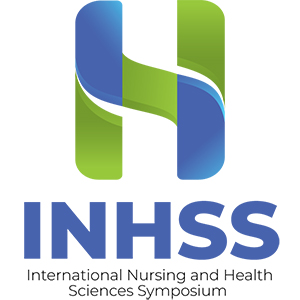A systematic review on telenursing as a solution in improving the treatment compliance of tuberculosis patients in the COVID-19 pandemic

All claims expressed in this article are solely those of the authors and do not necessarily represent those of their affiliated organizations, or those of the publisher, the editors and the reviewers. Any product that may be evaluated in this article or claim that may be made by its manufacturer is not guaranteed or endorsed by the publisher.
Authors
Introduction: The COVID-19 pandemic had made patients scared of coming to clinics or hospitals, and this could affect the treatment of TB. Therefore, one type of service that can be used by nurses to improve compliance to TB treatment is Telenursing. This article aims to ascertain whether telenursing could be a solution in improving the compliance of TB patients to treatments in the COVID-19 pandemic.
Design and Method: This research was conducted using the Randomised Controlled Trial design as well as PRISMA. Furthermore, useful research articles were sourced from the database using the keywords, “Message Reminder and Tuberculosis OR Medication Adherence”. The databases used are Scopus, Science Direct, PubMed, and SAGE, all in English text and from 2015 to 2021, with inclusion criteria. 277 articles were obtained, and then filtered to select 3 articles by reading the main focus of the write-up, with regard to the topic of study.
Result: Telenursing can be a solution to reduce the spread of COVID-19, and a substitute for remotely motivating individuals, as social support. Furthermore, it could be used as a reminder to patients to be obedient in carrying out treatments, and as a means of educating and improving good relationships with providers.
Conclusions: Telenursing is a fairly effective solution in helping TB patients improve treatment compliance, reduce drug dropout rates and missed doses, as well as, raise awareness about the importance of health in the COVID-19 pandemic.
How to Cite

This work is licensed under a Creative Commons Attribution-NonCommercial 4.0 International License.

 https://doi.org/10.4081/hls.2023.11194
https://doi.org/10.4081/hls.2023.11194



